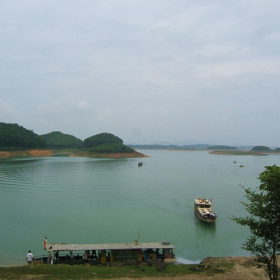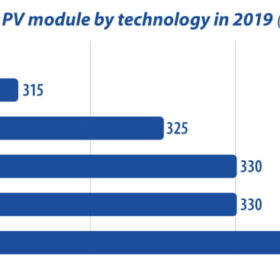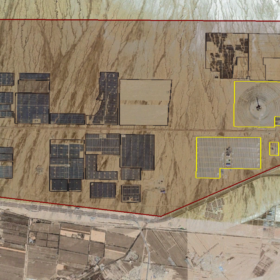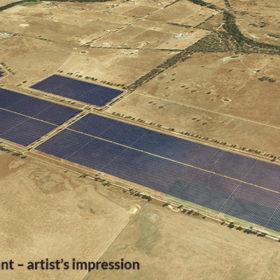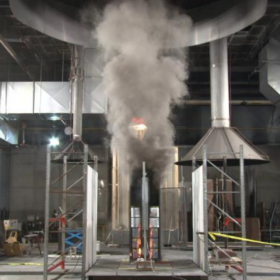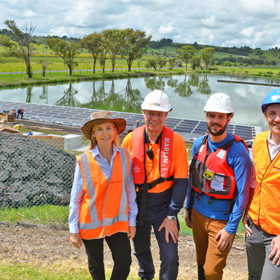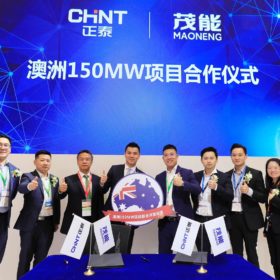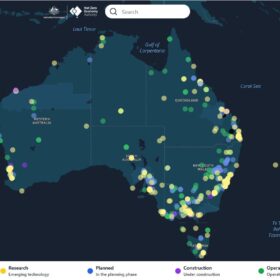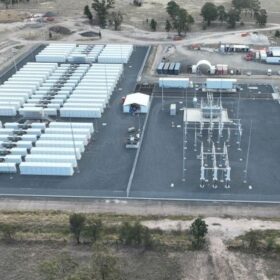Interview: “Reutilise and repurpose the land”, solar farming builds momentum in SA
With 50 small utility scale arrays installed at South Australian farms, Yates Electrical Services is looking to continue its work in adding power-exporting PV arrays to rural properties. The next step: adding storage to trade during peak demand periods, and moving into solar power retailing, says Mark Yates.
New solar cheaper than coal in Vietnam within three years
A study of the relative costs of generation using coal and PV has focused on Vietnam as a case study as the nation is dependent on costly imports of seaborne coal. Analysts paint a straightforward picture explaining why a planned 32 GW new coal pipeline should be shelved.
The sun rises on the bifacial module market
With market penetration exceeding expectations in 2018, bifacial technology is set to account for one third of global solar module production by 2022, writes Edurne Zoco, Research Director at IHS Markit. Bifacial and half-cell technologies are rapidly gaining momentum due to their improvements in power output, along with their low implementation barriers and minimal capex requirements.
An overview of the world’s largest solar parks – 2
In the second of a series of four blogs, solar pioneer Philip Wolfe lists the world’s largest solar parks. In these articles, a ‘solar park’ is defined as a group of co-located solar power plants.
Beryl Solar Farm switches on to power Sydney Metro
The Beryl Solar Farm has commenced commercial operations. The 87MW AC/110MW plant is supplying electricity for Sydney Metro under a 15-year power purchase agreement.
Green hydrogen airs at G20 meeting of energy ministers this week
Hello hydrogen! A number of factors are floating renewably powered hydrogen to the top of the agenda for worldwide energy ministers. Australia is among the countries most favourably placed to turn hydrogen hype into the biggest source of decarbonised energy the world has yet seen.
Interview: Tracking loads, allocating solar power, optimising payoffs with Allume Energy
Matching solar supply and energy consumption within a household or business can deliver powerful energy savings. When extended over multi-dwelling properties, like apartment buildings or retirement communities, the benefits are multiple, says Cameron Knox co-founder and CEO of Allume Energy.
Fire protection guidelines catch up with C&I renewable energy storage systems
As commercial operations begin to more routinely factor battery storage into their solar-energy-powered plans, insurance companies are assessing the accompanying fire risks. One such company has publicly released its guidance for property protection.
Long read: Floating PV’s watershed moment
With PV’s cost declines, the growing question is: where to put it all, particularly in densely populated areas. Ingenuity to the rescue – a technology that took its first steps in 2007 is entering full market maturity. And its potential is rather impressive.
Maoneng, Chint partner for 500 MW solar rollout in Australia
Australian-Chinese renewables developer Maoneng and Chinese module maker and EPC contractor Chint have come together to develop a series of utility-scale solar projects in Australia.

